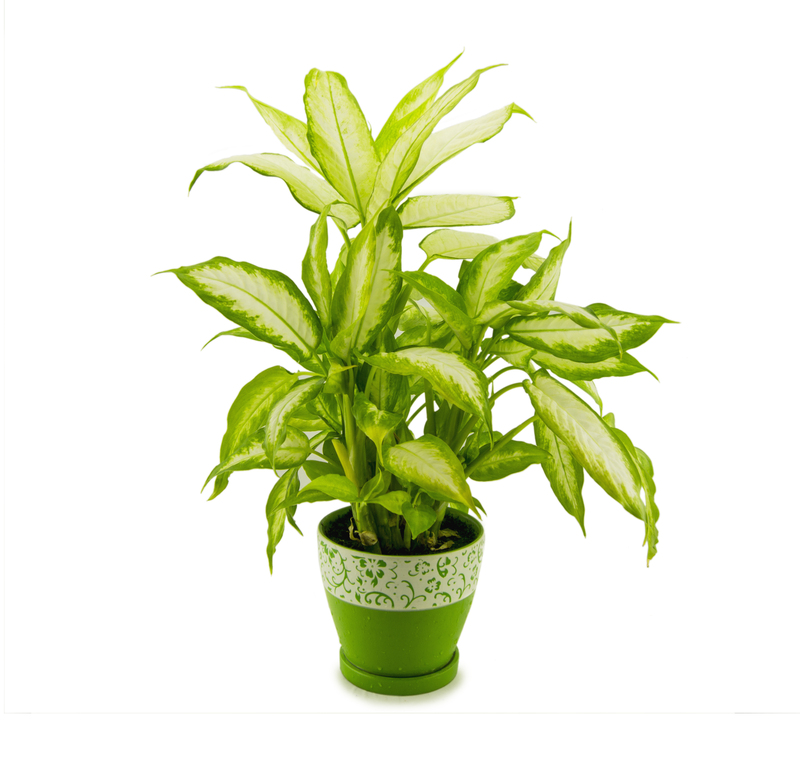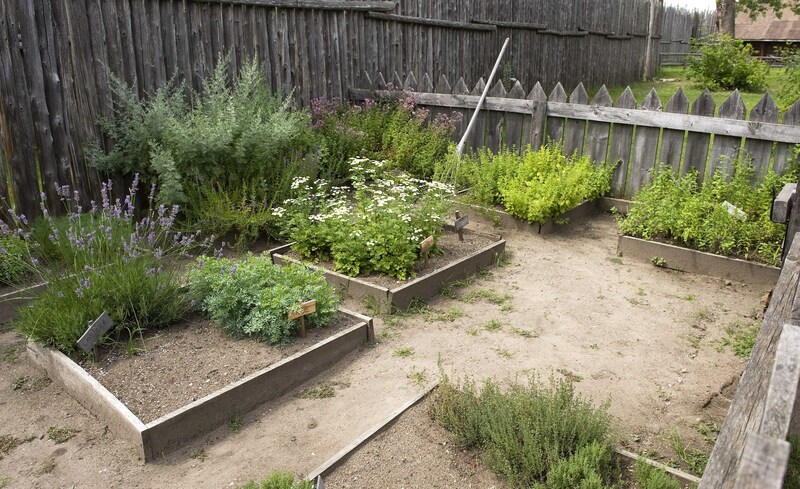Transform Your Orchids with Expert Care Tips
Posted on 25/08/2025
Transform Your Orchids with Expert Care Tips
Orchids have long captivated indoor gardening enthusiasts with their elegant blooms and diverse shapes. To truly transform your orchids into gorgeous, long-lasting beauties, learning a few expert orchid care tips will make all the difference. In this comprehensive guide, we'll break down every aspect of healthy orchid care, notorious mistakes to avoid, and advanced tricks to help your stunning plants flourish.
Why Choose Orchids? Unveiling Their Allure
Few houseplants rival the orchid's enchanting appeal. Available in thousands of varieties, orchids offer dazzling colors and intricate patterns. Their mystique is matched by a reputation for being "difficult," but with the right knowledge, anyone can enjoy a thriving orchid collection!
- Longevity: Many orchids, when cared for properly, can live for decades and bloom year after year.
- Air Purification: Like many houseplants, orchids help cleanse indoor air.
- Unique Beauty: Their exotic structure and vibrant colors brighten any living space.
Ready to unlock your orchid's full potential? Let's dive into the steps to transform your orchids with expert care tips!

Orchids 101: Understanding Your Plant
To give your orchids the best care, it's vital to understand their unique needs. Most cultivated orchids are epiphytes, which means they grow naturally attached to trees or rocks, absorbing nutrients from rain, air, and decaying leaves. This influences every area of their care, from potting to watering.
Popular Types of Orchids for Home Growers
- Phalaenopsis (Moth Orchid): Perfect for beginners, long-lasting blooms, and readily available.
- Cattleya: Famous for their fragrance and showy flowers.
- Dendrobium: Robust plants with dramatic flowers.
- Oncidium (Dancing Lady): Bright yellow blooms and abundant sprays.
- Paphiopedilum (Lady's Slipper): Unique slipper-shaped flowers, great for cooler homes.
Each orchid variety has slight differences, but most care principles remain the same.
The Pillars of Expert Orchid Care
Crucial to the transformation of your orchids is mastering the key pillars of care: lighting, watering, temperature, humidity, feeding, and repotting.
Optimal Lighting for Vibrant Blooms
Orchids thrive in bright, indirect light. Too much direct sunlight can scorch the leaves, while too little will stifle growth and flower production. For windowsill growers, an east-facing window is ideal. If using a southern or western window, filter the sun with sheer curtains.
- Leaf Color is Key: Healthy orchid leaves are usually a bright, pea-green shade. Dark green leaves may mean not enough light; yellowish or reddish leaves indicate too much.
- Supplement with grow lights in winter or low-light spaces for year-round vigor!
Mastering Orchid Watering Techniques
Overwatering is the most common cause of orchid demise. Remember: less is more!
- Water only when the potting mix is almost dry, usually once a week for most homes.
- Use lukewarm water, preferably rainwater or distilled, as orchids are sensitive to salts and chemicals.
- Never let orchids sit in standing water--their roots need air!
Pro Tip: Stick a finger or wooden skewer into the potting mix. If it feels dry, it's time to water. Err on the side of underwatering rather than flooding the roots.
Temperature and Humidity: Mimicking the Tropics
Orchids flourish in stable temperatures and moderate to high humidity. Consistency is more important than extremes!
- Daytime: 65-80?F (18-27?C)
- Nighttime: 60-70?F (16-21?C)
- Humidity: 40-70% is optimal.
If your home is dry, especially during winter, increase humidity by:
- Grouping plants to naturally boost air moisture
- Using a humidity tray (a shallow tray filled with pebbles and water beneath your orchid's pot)
- Running a room humidifier nearby
- Misting lightly in the mornings--but never drench!
Feeding Orchids: Nutrition for Spectacular Blooms
Orchids require regular feeding for best growth and blooming. Use a balanced orchid fertilizer or one specifically formulated for orchids, typically with an N-P-K ratio of 20-20-20 or 30-10-10.
- Feed "weakly, weekly": Dilute fertilizer to 1/4-1/2 recommended strength every week during active growth, and reduce to monthly in winter.
- Flush pots with plain water once a month to avoid fertilizer salt build-up.
- Never fertilize a dry orchid--always water first!
Repotting for Root Health
Repotting keeps orchids healthy by providing fresh media and preventing root rot. Generally, repot every 1-2 years, or when:
- Roots overflow the pot
- Potting media breaks down and stays soggy
- The plant outgrows its container
- After flowering for many types (especially Phalaenopsis)
Use a specialized orchid mix--never regular potting soil! Common media include bark chips, sphagnum moss, or coconut husk. Always use a sterile pot and clean tools to avoid disease transfer.
Orchid Pests and Problems: Prevention and Cure
Even with careful management, pests and diseases can strike. Early detection and swift action are crucial to keep your orchids flourishing.
Common Pests to Watch For
- Mealybugs: White, cottony masses on stems and leaves. Remove with alcohol-dipped cotton swabs.
- Aphids: Sticky residue and distorted growth. Rinse off or treat with organic insecticidal soap.
- Spider Mites: Fine webbing under leaves and speckled foliage. Increase humidity and use miticides if necessary.
- Scale: Brown or black bumps. Scrape off and treat with horticultural oil.
Tip: Always quarantine new plants and inspect regularly to catch problems early.
Preventing Orchid Diseases
- Root rot: Caused by old, soggy media or overwatering. Use proper orchid mix and water smartly.
- Leaf spots and fungus: Improve airflow, avoid wetting leaves, and prune affected parts.
- Use sterilized tools to prevent viral and bacterial spread.
Healthy orchids are far less likely to suffer from pests and diseases!
Advanced Expert Orchid Care Tips and Techniques
Boost Blooming with Temperature Fluctuations
To encourage spectacular blooms, simulate the natural temperature drop orchids experience at night. A difference of just 10-15?F between day and night helps trigger flower spikes, especially for Phalaenopsis and Cattleya types.
Orchid Pruning and Flower Spike Care
- After blossoms fade, prune back to the first node below the bloom for potential reblooming (Phalaenopsis only).
- Remove brown or yellow leaves with sterile scissors.
- Trim dead roots during repotting.
- Do not cut healthy green roots, even if they grow above the pot--these are natural "air roots".
Dividing and Propagating Orchids
Division is the best way to multiply many orchid types, especially sympodial orchids (like Cattleya or Dendrobium). Gently separate healthy pseudobulbs with at least 3-4 bulbs per division and repot in fresh mix.
A Year in the Life: Seasonal Orchid Care Guide
Tailoring your orchid care to the seasons keeps your plants healthy all year long. Here's a seasonal breakdown:
- Spring: Increase watering and feeding as growth begins. Repot if needed.
- Summer: Watch for pests, maintain high humidity, and protect from hot sun.
- Autumn: Reduce feeding, watch for blooming triggers as nights cool.
- Winter: Water less, ensure bright light, and use supplemental humidity and light as required.

Frequently Asked Orchid Care Questions
- How often should I water my orchid? Water once the media dries out, generally every 7-10 days.
- When will my orchid bloom again? Most orchids bloom annually, but Phalaenopsis can rebloom with proper care.
- What if my orchid's leaves turn yellow? Could be overwatering, too much sun, or nutritional problems--adjust care accordingly.
- Can I grow orchids without natural sunlight? Yes! Quality LED grow lights are a perfect substitute.
- Do I need special pots for my orchids? Yes--always use pots with excellent drainage. Transparent pots help monitor root health!
Your Orchid Transformation: Final Thoughts
With the above expert orchid care tips, even beginners can quickly transform their orchids into robust, flowering showpieces. Focus on understanding each plant's basic needs, watch for signs of stress, and don't be afraid to experiment--with a little effort, you'll enjoy healthy, resplendent orchids that thrive season after season.
Now it's your turn--gather your orchid family, put these techniques into action, and experience the magic of homegrown exotic blooms!
Happy Growing!
Share this article if you found these orchid expert care tips useful--help others enjoy success with their orchids, too!



